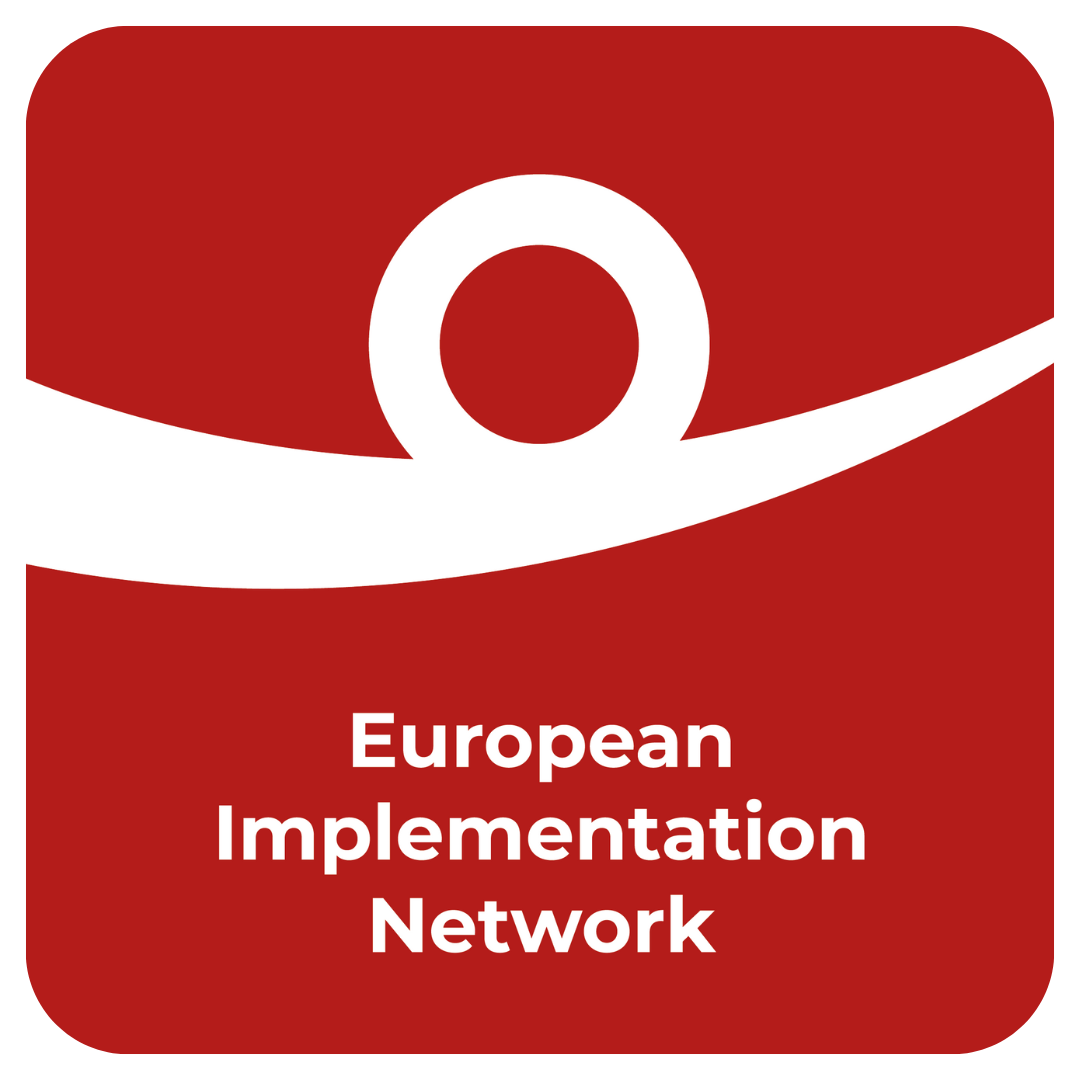Countries
46 states are signatories of the European Convention on Human Rights - every country in Europe except Belarus and the Russian Federation, which ceased to be party to the European Convention on 16 September 2022. The European Court of Human Rights remained, however, competent to deal with applications against Russia concerning actions or omissions occurring up until 16 September 2022.
This map shows their record of implementing leading judgments from the European Court of Human Rights (not judgments overall). “Leading” cases are harder to implement than regular cases, because they often require changes to laws or practices in order to prevent the same violation from happening again. In many cases pending implementation, reforms are ongoing - meanwhile in other cases pending implementation the necessary reforms have not properly begun.
Disclaimer: the data for Russia are the data from the year 2022. We will update these figures for 2023 at a later stage.
The colour represents the proportion of leading cases from the last ten years where the country is yet to fully resolve the underlying human rights problem. The darker the shade of red, the worse the country is at addressing human rights issues when these are identified in judgments of the European Court of Human Rights.
As of January 2024, 48%* of the leading judgments handed down by the Court in the last 10 years are still pending implementation. There are 1,328* leading judgments pending overall. The average time that leading judgments have been pending implementation is, as of January 2024, six years and almost eight months*.
For more information on each country, click on the map to see the individual country pages. For more information on the data, see the explanation below.
Together with stories of non-implementation, it is always important to remember the incredible impact of successfully implemented judgments of the European Court of Human Rights. Examples of these can be found at this Council of Europe webpage.
*Please note that these figures are subject to future change due to the current lack of clear data for Russia in 2023.
Country List: Albania / Andorra / Armenia / Austria / Azerbaijan / Belgium / Bosnia and Herzegovina / Bulgaria / Croatia / Cyprus / Czech Republic / Denmark / Estonia / Finland / France / Georgia / Germany / Greece / Hungary / Iceland / Ireland / Italy / Latvia / Liechtenstein / Lithuania / Luxembourg / Malta / Moldova / Monaco / Montenegro / Netherlands / North Macedonia / Norway / Poland / Portugal / Romania / Russia / San Marino / Serbia / Slovakia / Slovenia / Spain / Sweden / Switzerland / Turkey / Ukraine / United Kingdom
Case examples
About our data
It is not easy to present data about the non-implementation problem in a clear and accessible way. We use the figures above not because they are perfect, but because they are the best available.
Leading judgments are those that identify a new significant or systemic problem in a country. Each leading judgment therefore represents a human rights issue that needs resolving – a wider problem that affects a society. If leading judgments are not being closed, that means the underlying human rights issues are not being dealt with. For example, a leading judgment finding an incident of torture might reflect an ongoing situation of torture being carried out by state officials in a particular country. If that leading judgment is still pending implementation, the problems linked to state torture in that country have still not been resolved.
Assessing the proportion of leading judgments being implemented is one method available to assess whether a country is carrying out general reforms to put into effect judgments from the European Court of Human Rights. We assess the proportion of judgments implemented from the last ten years, because this allows the data from each state to be effectively compared (as some states have been signatories to the European Convention on Human Rights for 60 years - others for less than 20).
These statistics do not tell the whole story. It is also important to look at the overall number of leading cases pending. The countries with the most serious non-implementation problem have both a high number of leading cases still pending and a high overall number of pending leading cases (e.g. Russia, Ukraine, Turkey). Other countries might have a high proportion of leading cases pending - but do not have a significant a problem with non-implementation, because there have only been a handful of judgments against them in recent years (e.g. Denmark).
The nature of the violations is also important. Some countries have a relatively low overall number of pending leading judgments, but the violations involved in the judgments might be very serious. Other countries might have comparatively less serious issues identified in a high number of judgments.
Despite these issues, this data provides a good snapshot of how the non-implementation problem affects Europe as a whole. EIN will keep its approach to these figures under review.
The data is freely available under a public licence for re-publishing.
The data was drawn from the Council of Europe’s database HUDOC EXEC and the Council of Europe’s 2023 Annual Report on the Supervision of Execution of Judgments.





